Years before Sega did what Nintendon’t the two gaming giants briefly went head to head in the newly discovered market of 3D gaming. It didn’t go very well for either of them.
In the late ’80s both Nintendo and Sega had put their main focus on expanding their brand to North America. Nintendo’s Famicom had become the Nintendo Entrainment System (NES) and Sega’s Mark III was rebranded the Master System, both of which launched stateside in 1986. By the end of that first year the NES had sold over a million units, an astonishing feat. The Master System had fared far worse with an underwhelming 125,000 units reaching consumer homes. Both companies were adamant to find the next big craze in gaming and beat their competitors to market.
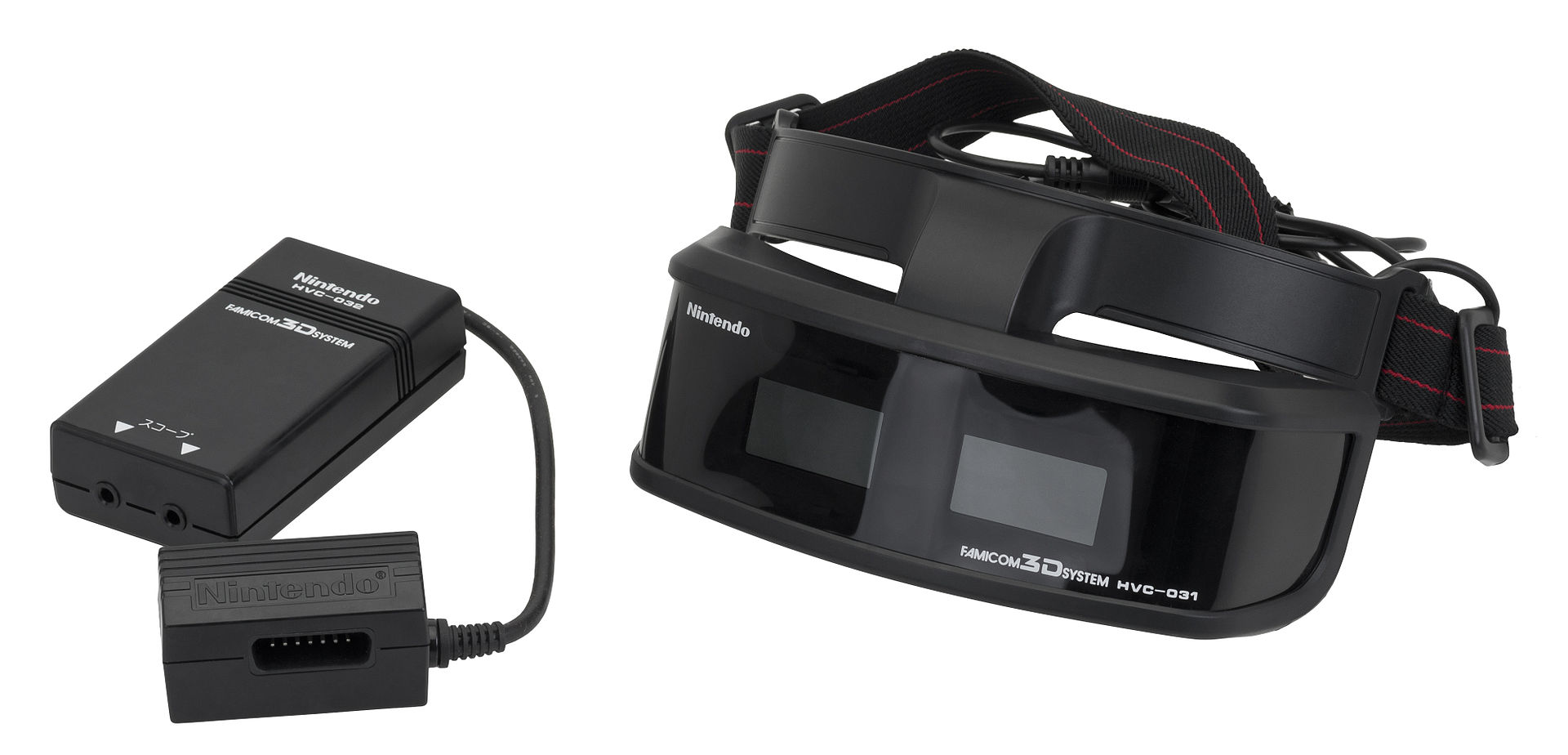
This wasn’t it
Nintendo’s Famicom was already a big hit in Japan when 1987 rolled around. The home console had seen the introduction of the Disk System, an add-on that allowed games to be played via custom floppy disks. Though a modest success in Japan, Nintendo never brought the system to any foreign markets. This was a common practice amongst the company. Test a product in Japan and act accordingly once sales numbers had been properly calculated. Peripherals like the Famicom Light Gun (eventually known as the NES Zapper) and R.O.B. the robot were deemed appealing to foreign buyers and were prioritised for release in Nintendo’s other sales regions.
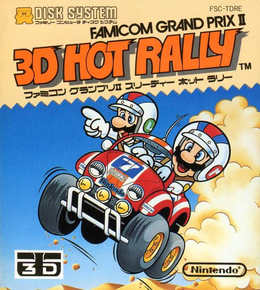
The Famicom 3D System was one of Nintendo’s many failed experiments that never escaped the land of the rising sun. With only six compatible games and players complaining about the uncomfortable headset, the 3D System soon fell into obscurity, even in Japan. It’s greatest claim to fame was working alongside the very first Mario racing title, dubbed Famicom Grand Prix II: 3D Hot Rally. It would be 24 years before Mario and friends would try their hand at 3D racing again in Mario Kart 7.
While Nintendo tested the waters and assessed the tastes of their newest customers, Sega scrambled to gain the upper hand. Nintendo had made things exceedingly hard for the up-and-coming gaming company by requiring software developers to commit solely to the Famicom. Sega fought back by producing their own games, but their Mark III just couldn’t compete with the game selection and quality of the Famicom.
Almost exactly a month after the release of the Famicom 3D System, Sega launched their own attempt at 3D gaming — the SegaScope 3D Glasses.
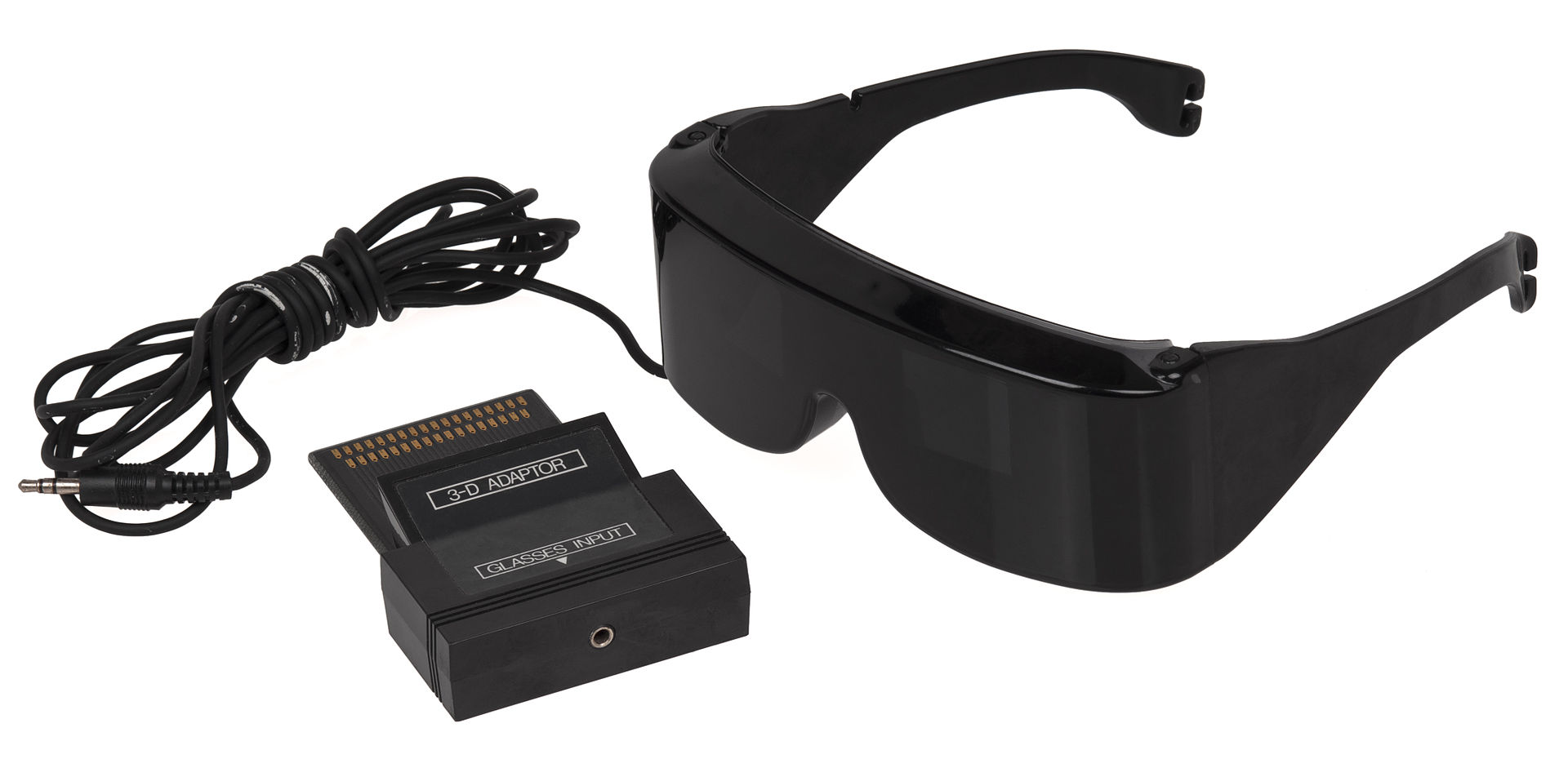
Sega took a chance and launched the the stylish 3D spectacles in all three of their major markets: Japan, North America, and Europe. The glasses retailed for roughly $US50 ($67) and could be used with eight different Master System games. Many of the titles that Sega produced to work along side the SegaScope were simply 3D versions of already popular games, hoping to promote their newest gadget with fan favourites like Out Run, Missile Defence, and Zaxxon.
As you may have already guessed, the SegaScope was a massive flop as well. But it did produce this amazing cheesy commercial.
Radical.
It’s interesting to think that both Nintendo and Sega managed to launch visual peripherals with such seemingly advanced technology thirty years ago. To understand the 3D effects present in both the Famicom 3D System and the SegaScope one must grasp the concept of alternate frame sequencing. Unlike the 3D used today in movies and game systems like the 3DS, alternate frame sequencing is a type of “active 3D” that can only be achieved through shutter glasses.
By switching from eye to eye in rapid succession shutter glasses force a user’s brain to combine the images seen on the left and right sides of the screen, therefore creating the illusion of depth. It’s a technique that has fallen by the way side with the introduction of “passive 3D,” which simply relies on a display and non-electric polarised glasses.
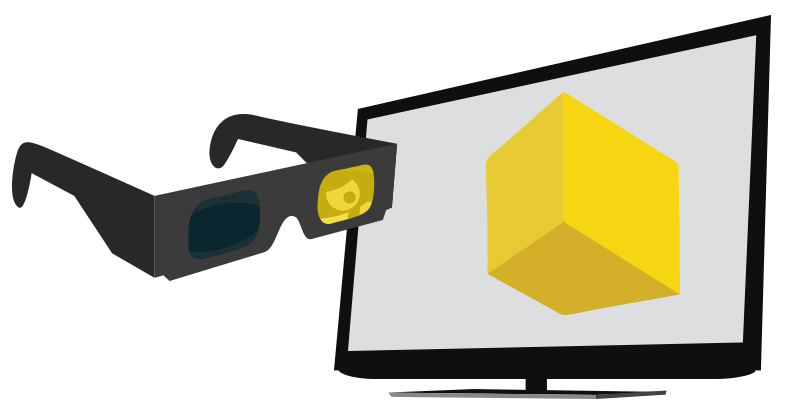
Alternate frame sequencing in action [Image: Locafox.de]
The appeal of 3D gaming seems to flair up every few years, but it always falls by the wayside. In 1995 Nintendo decided to promote a different kind of 3D with the release of the Virtual Boy, and we all know how that turned out. In recent times Nintendo has begun to slowly downplay the 3D abilities of their popular 3DS handheld, going so far as to release a non-3D variant known as the 2DS. Given its sordid history and the advancements in virtual reality, 3D gaming may be a gimmick that less and less consoles developers are willing to attempt in the future.
Even so, it’s always fun to look back on the failures that brought us to this point in gaming technology. The Famicom 3D System and SegaScope 3D Glasses may have been quickly forgotten by the pubic, but they will live on in gaming infamy for years to come.
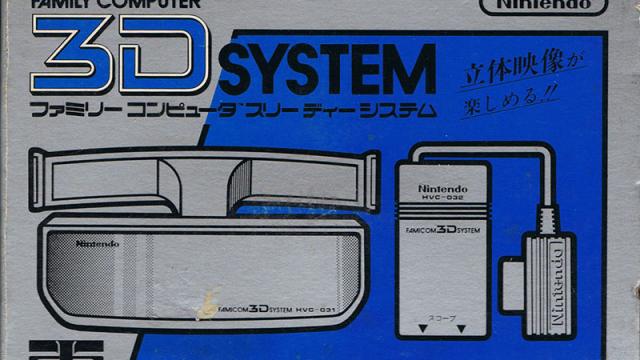
Comments
One response to “That Time Nintendo And Sega Introduced 3D Gaming, In 1987”
I still have my SEGA 3D LCD Shutter glasses.
They were awesome.
The Vectrex did 3D in 1984. Sega and Nintendo did nothing new here.